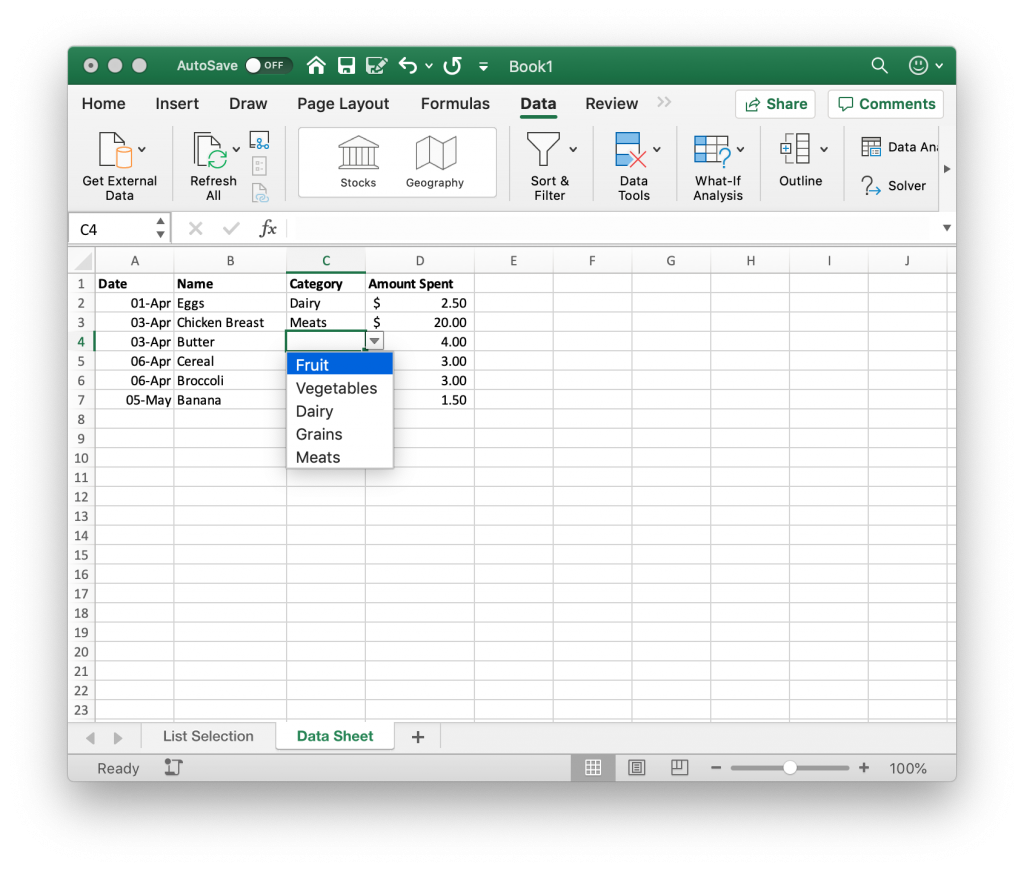3 Steps to Complete Your BOC File Paperwork

Starting Your Journey with BOC File Paperwork

Navigating the labyrinth of BOC (Bureau of Customs) file paperwork can feel daunting. However, with a systematic approach, you can complete this process efficiently. Here’s a detailed guide to streamline your BOC file paperwork, ensuring compliance and minimizing errors.
Step 1: Collecting Essential Documents

Before you dive into the filing process, gather all necessary documents. Missing or incomplete documentation can lead to delays or even rejections. Here’s what you need:
- Commercial Invoice: This should detail the specifics of the transaction, including item descriptions, quantities, and pricing.
- Packing List: Provides details about the packaging, net and gross weights, and volume of goods.
- Bill of Lading or Airway Bill: Proof of shipment and acknowledgment of goods' receipt by the carrier.
- Certificate of Origin: Required for proving where goods were made for duty classification and trade preferences.
- Import/Export Permits: Depending on the type of goods, permits or licenses might be required.
- Additional Documents: These could include insurance certificates, inspection certificates, or specialized documents like phytosanitary certificates.
🌿 Note: Make sure all documents are legible and in the required language, typically English or as specified by your local BOC.
Step 2: Filing Your BOC Documentation

Once your documents are ready, proceed with the filing process:
Choosing the Right Filing Method

You can file your documents manually at the BOC office or electronically through a customs broker. Here’s how each option works:
- Manual Filing: Deliver your documents in person, ensuring you have multiple copies as required.
- Electronic Filing: Use the BOC's online system or work with a customs broker who can file electronically on your behalf.
Completing the Entry Form

Whether filing electronically or manually, you’ll need to fill out a customs entry form:
| Field | What to Include |
|---|---|
| Importer/Exporter Information | Name, Address, Tax ID, etc. |
| Commodity Description | Detailed description of goods, HS Code, Quantity, and Value |
| Country of Origin | Country from where goods are imported or exported |
| Duty Calculation | Duties and taxes due on goods |

📌 Note: Errors in the entry form can lead to delays or fines, so double-check all entries.
Step 3: Compliance and Post-Filing Actions

After filing, several steps ensure compliance:
- Verification: BOC might request additional information or verify goods through inspections.
- Duty Payment: Pay any duties and taxes due once the entry is accepted. Payment methods vary by BOC office.
- Documentation for Release: Provide documentation for the release of goods from customs custody.
After navigating these steps, you’ve successfully managed your BOC file paperwork, ensuring smooth import or export operations. Keep records of all transactions for future reference or audits.
By understanding and meticulously following these steps, you not only comply with customs regulations but also expedite your goods’ clearance. Remember, attention to detail is key in this process.
What happens if I miss or forget a document during the filing process?

+
Missing documentation can lead to delays, fines, or even seizure of goods. It’s crucial to gather all required documents before filing to prevent issues.
Can I file BOC paperwork electronically if I am not in the country?

+
Yes, many customs authorities offer electronic filing options through brokers or directly through their online portals, making it possible to file from anywhere.
How long does the BOC paperwork process usually take?

+
Processing times vary, but with all documents in order, clearance can take from a few hours to several days depending on customs’ workload and your compliance.
What should I do if my BOC filing is rejected?

+
If your filing is rejected, review the rejection notice for specific reasons and resubmit the corrected documents or seek clarification from customs officials.
Are there any penalties for incorrect BOC paperwork?

+
Penalties can include fines, additional duties, or goods seizure. Correct and thorough filing reduces the risk of penalties.



